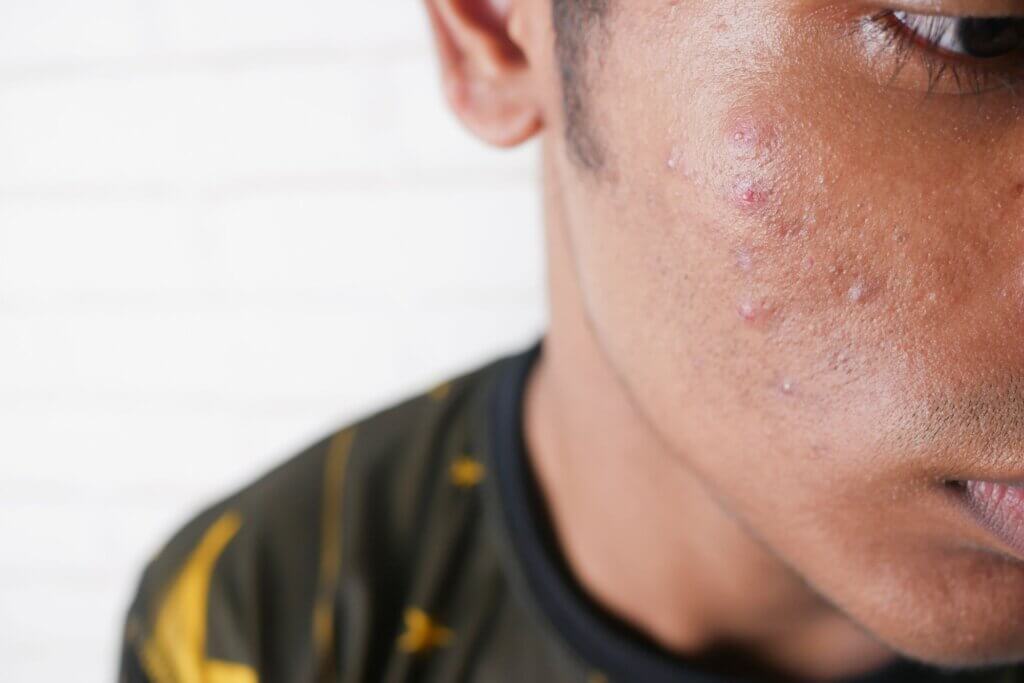Have you noticed persistent redness on your face, small bumps, or visible blood vessels? These may be signs of rosacea, a common skin condition that affects millions of people. Although rosacea is harmless, it can affect self-confidence because of its visible effects on the face. Some people experience occasional flare-ups, while others find that their symptoms become more persistent over time.
Although anyone can develop rosacea, it’s most common in adults over 30 (especially those with fair skin). Rosacea can sometimes be mistaken for acne or sunburn, but unlike these conditions, the redness and bumps associated with rosacea tend to come and go in cycles. While the exact cause isn’t fully understood, genetics, immune system responses, and environmental factors all seem to play a role. Some people may also have underlying inflammation that leads to rosacea symptoms.

Recognizing the Symptoms of Rosacea
Rosacea symptoms can vary from person to person, but the most common include:
- Facial redness, especially on the cheeks, nose, chin, and forehead
- Swollen, red bumps that may look like acne
- Visible blood vessels on the face
- Eye irritation, including dryness or swollen eyelids (ocular rosacea)
- Thickening of the skin on the nose (rare but more common in men)
What Triggers Rosacea Flare-Ups?
Rosacea symptoms often worsen with certain triggers. Sun exposure is one of the most common, but extreme temperatures, wind, spicy foods, alcohol, and even stress can cause flare-ups. Some skincare products with harsh chemicals may also make rosacea more noticeable. Identifying your personal triggers is key to managing symptoms.
For many people, keeping a journal of flare-ups helps them pinpoint patterns. For example, you might notice redness after eating spicy food or spending time in the sun. Recognizing these connections can help you take steps to avoid or limit exposure to your triggers.
Managing Rosacea: What You Can Do
While there’s no cure for rosacea, there are several treatments and lifestyle changes that can manage or reduce symptoms:
- Gentle skincare: Use mild, fragrance-free cleansers and moisturizers.
- Sun protection: Wear sunscreen daily and use hats or scarves when outdoors.
- Topical or oral medications: These may reduce redness and inflammation.
- Laser therapy: For visible blood vessels, some may benefit from laser treatments.
- Lifestyle adjustments: Recognizing triggers and managing stress can reduce flare-ups.
If symptoms persist, your healthcare provider may recommend topical or oral medications that reduce inflammation and redness.
Rosacea can be managed successfully with the right care. If you think you might have rosacea, make an appointment with your healthcare provider to talk about your options.
This article is meant for informational purposes only. If you have questions or would like further information, make an appointment with your primary care provider.